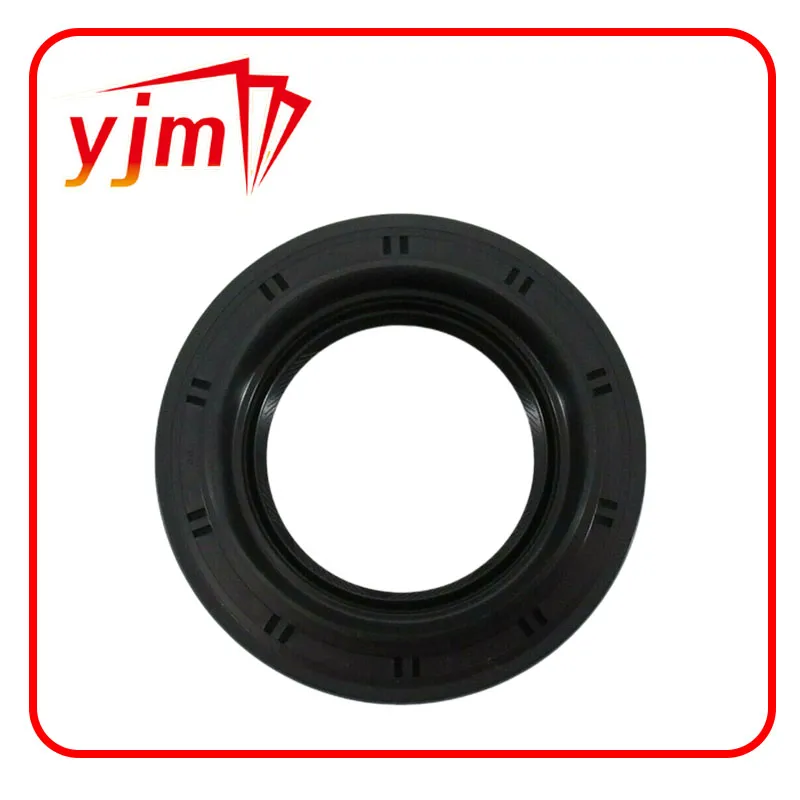Understanding the Benefits of Encapsulated O-Rings in Sealing Applications
The Importance of Encapsulated O-Rings in Modern Industries
Encapsulated O-rings have emerged as a vital component in various industrial applications, known for their versatility, reliability, and efficiency in sealing solutions. Unlike traditional O-rings, encapsulated O-rings are designed with an added layer of material, typically PTFE (Polytetrafluoroethylene), which enhances their performance and lifespan in challenging environments. This article explores the features, benefits, and applications of encapsulated O-rings, as well as their role in ensuring the integrity of systems across diverse sectors.
What are Encapsulated O-Rings?
Encapsulated O-rings consist of a core material—usually rubber, silicone, or other elastomers—surrounded by a thin layer of PTFE. This design combines the excellent sealing properties of elastomers with the chemical resistance and low friction characteristics of PTFE. The encapsulation protects the elastomer from exposure to harsh chemicals, high temperatures, and other environmental factors that could lead to deterioration or failure.
Benefits of Encapsulated O-Rings
1. Chemical Resistance One of the most significant advantages of encapsulated O-rings is their superior resistance to a wide range of chemicals. The PTFE layer prevents the elastomer from direct contact with aggressive substances, making them ideal for industries such as pharmaceuticals, food and beverage, and petrochemicals.
2. Temperature Tolerance Encapsulated O-rings can withstand extreme temperatures. While traditional elastomeric O-rings may fail at high temperatures, the PTFE layer allows the encapsulated version to maintain its integrity in applications ranging from cryogenic to high-heat environments.
3. Reduced Friction The PTFE exterior offers low friction characteristics, which can reduce wear and tear on both the O-ring and the mating surfaces. This property is particularly beneficial in dynamic sealing applications where movement is involved.
encapsulated o rings

4. Extended Lifespan The combination of a protective PTFE layer and the robust core material extends the life of encapsulated O-rings, reducing the frequency of maintenance and replacements. This longevity translates to cost savings and increased reliability in critical systems.
5. Versatile Applications Encapsulated O-rings are utilized in a wide range of industries, including aerospace, automotive, medical devices, and oil and gas. Their versatility makes them suitable for applications involving vacuum, pressure, and complex fluid dynamics.
Applications of Encapsulated O-Rings
Encapsulated O-rings are particularly prevalent in high-stakes sectors where safety and reliability are paramount. In the aerospace industry, they are used in seals for fuel systems and hydraulic systems, where they must withstand extreme conditions without failing. In the medical field, they ensure safe and sterile environments in devices such as syringes and drug delivery systems.
In the food and beverage industry, encapsulated O-rings help maintain hygiene and safety, preventing contamination during processing and packaging. Their ability to resist cleaning chemicals and high temperatures makes them ideal for food processing equipment. Similarly, in the oil and gas sector, they are crucial for maintaining pressure seals in pipelines and drilling operations, where exposure to corrosive substances is inevitable.
Conclusion
In conclusion, encapsulated O-rings play a crucial role in modern sealing technology across various industries. Their unique design provides enhanced chemical resistance, temperature tolerance, and reduced friction, making them essential for applications that demand reliability and durability. As technology progresses, the demand for such innovative sealing solutions is likely to increase, ensuring that encapsulated O-rings will remain integral in safeguarding the performance and safety of critical systems worldwide.
-
The Ultimate Guide to Car Repair Kits: Tools and Essentials Every Driver Should Own
News Aug.01,2025
-
The Complete Guide to Oil Pan Gaskets: Sealing Engine Leaks the Right Way
News Aug.01,2025
-
Preventing Oil Leaks: A Complete Guide to Oil Pan Gaskets and Drain Seals
News Aug.01,2025
-
Everything You Need to Know About Oil Pan Gaskets and Drain Plug Seals
News Aug.01,2025
-
Essential for Car Owners: How to Use a Car Repair Kit to Deal with Minor Breakdown
News Aug.01,2025
-
Comprehensive Guide to Engine Oil Sump Gaskets and Related Seals
News Aug.01,2025
-
The Ultimate Guide to Boat Propeller Bearings and Trailer Wheel Bearings
News Jul.31,2025
Products categories















